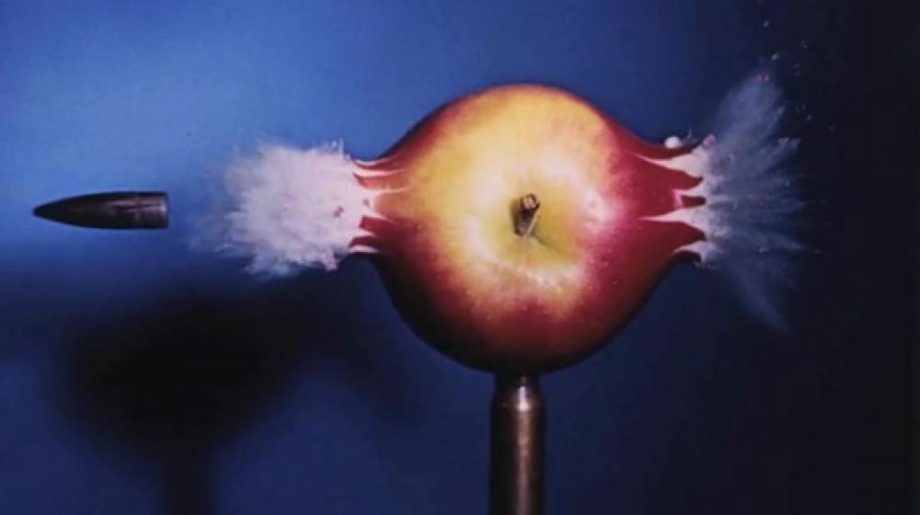How Slow Motion Works
Wednesday, September 16th, 2015
Slow Motion Video Production
Slow motion video production is used to show our world in ways that our eyes cannot comprehend and it’s a great way for certain shots to stand out from the rest and have more weight to them.
Origins
Slow-motion photography was first discovered when film cameras were hand cranked. By cranking the reel faster when exposing, the films projected more slowly when played back. Despite the name slow-motion captures images very fast typically at the rate of at least 120 images per second and often 300 or more. Normally film and video is played back at 24, 25 and 30 frames per second, these frame rates are internationally accepted as being the closest to how a human eye perceives motion.
An example of slow-motion in 35mm from the film Platoon (1986).
When 300 images are played back at a normal frame rate there will be a huge excess of images. The footage might have been exposed in 1 second of real time but it will last for 10 seconds on screen.
Digital Slow-Motion
Capturing high frame rates digitally works just like over cranking a film camera, shooting hundreds of images per second. When shooting in slow-motion images are being captured quickly and depending on the camera and frame rate images are usually of a lower resolution. This is because images are being captured very quickly and therefore light has less time to hit the sensor in the camera and create an image, again this is all dependant on the camera and the frame rate in which the slow-motion is captured in.
To shoot all of these images in one second the camera must be as stable as possible. A tripod must be used to stabilize the camera and achieve optimum clarity. If the camera is going to move then the subject must be exposed to as much light as possible.
Memory space must also be taken into account as the amount of images taken in 1 second at 300fps for example can take up one minutes worth of memory.
Another issue is the aspect ratio of the images being captured in slow-motion. As the cameras frame rate goes up the aspect ratio gets longer and slimmer. At 1200fps the camera is merely capturing strips of video at 336×96 pixels. This is because the data rate of recording thousands of images is so high that the camera can only do it at tiny resolutions.
Frames Per Second
120fps: Baseline slow-motion, just a quarter the speed of the standard frame rate. Generally used in sports coverage for slow motion playback.
300fps: Typically used for narrative effect to display heroism and emotion.
600fps: Human movement becomes too slow for narrative and more anatomical.
1000 – 1200fps: Human movement is too slow for these frame rates. Suitable for capturing explosions.
5000 – 10,000: Only professional cine cameras are capable of recording at these frame rates. Suitable for ‘bullet time’ style explosions and lighting.
Conclusion
I hope you found that useful and that I have at least scratched the surface of slow motion video production. If you have any questions then please feel free to get in touch with me.
Camera Operator | Lighting Cameraman | Director of Photography | Cinematography | Slow Motion Video Production
IMDB | Instagram | Vimeo | LinkedIn | Facebook | Twitter
Back To Blogs
